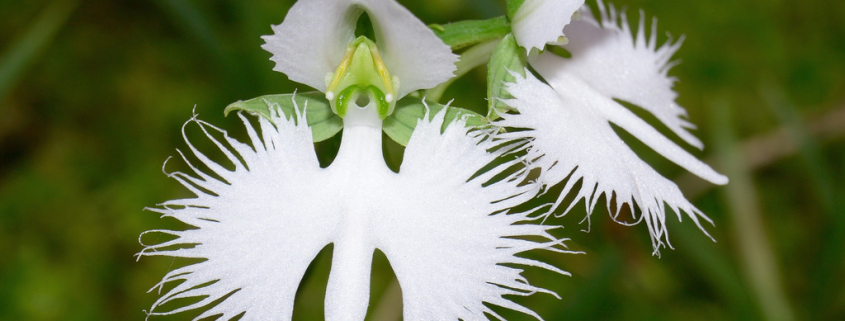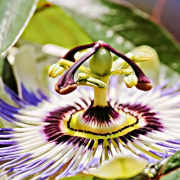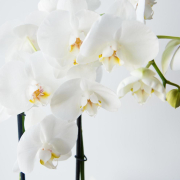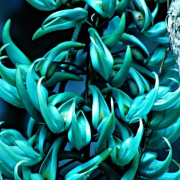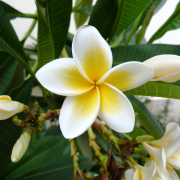The White Egret Orchid (Habenaria Radiata): An Unforgettable Floral Fascination
The White Egret Orchid, also known as Habenaria radiata or Pecteilis radiata, is a type of terrestrial orchid species that is native to East Asia. Its charming facade paints an interesting scene, eluding effortless elegance while also reflecting an uncanny likeness to a white egret or crane in flight.
Characteristics:
- Scientific Name: Habenaria radiata
- Common Name: White Egret Orchid, Fringed Orchid, Crane Orchid
- Plant Type: Perennial/Terrestrial Orchid
- Color: White (rarely, a pale pink variety can be found)
- Bloom Time: Mid to Late Summer
This precious flower has cultivated a reputation for its unique shape and eye-catching allure. Its narrow, heart-shaped petals open up to reveal an epitome of floral grace in the form of a bird with full wingspan – an uncanny resemblance of the pristine White Egret.
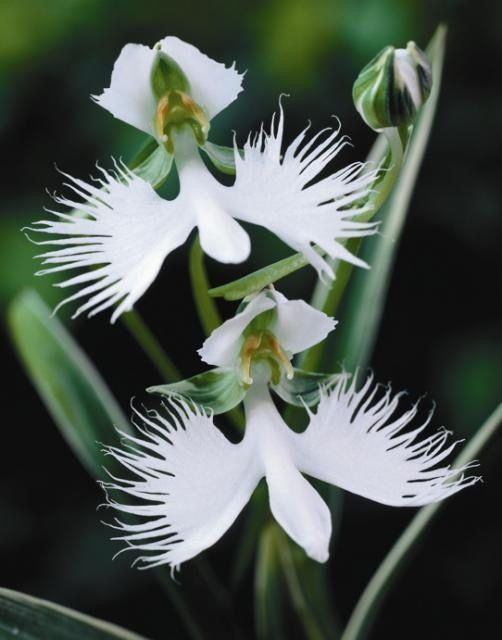

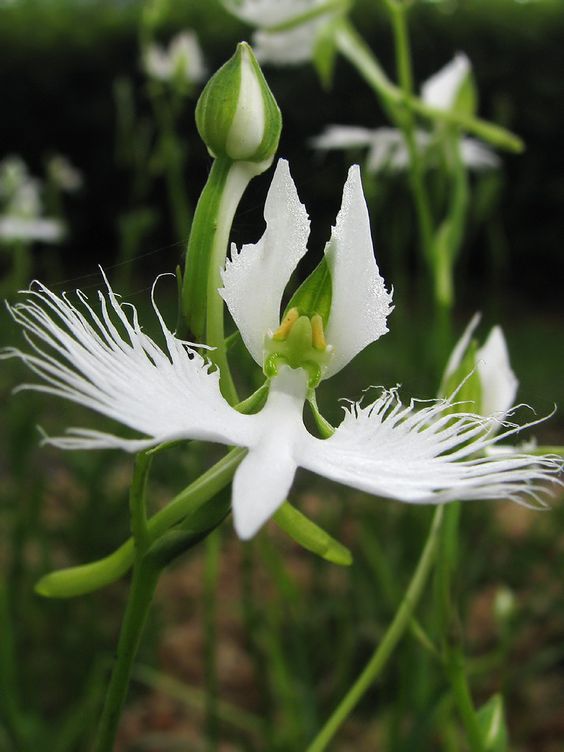
History and Origins
The White Egret Orchid, revered and beloved, finds its origins spread across Asian landscapes, particularly those of Japan, China, and Korea. Over time, these rare orchids have become a threatened species in their native habitats due to over-collection and habitat loss. However, their charisma and their uniqueness have led to their cultivation in gardens across the world.
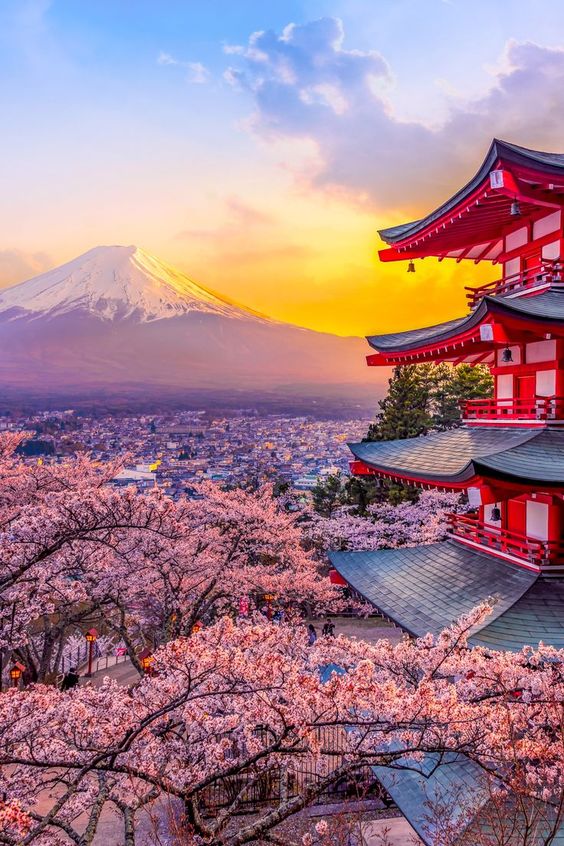
The Orchid and Japan
The White Egret Orchid holds a significant place in Japanese culture. Given the local name “Sagi-sō,” this flower is considered one of Japan’s “most adored wildflowers.” It’s featured in many traditional Japanese poems and is also a motif in Japanese art.
Growing Guide
The White Egret Orchid is not a simple flower to grow. It requires a specifically curated environment to thrive. Let’s delve deep into how to create that environment for these delicate beauties.
Choosing the Right Spot
The White Egret Orchid is a terrestrial orchid, meaning it grows in the ground rather than in trees like most orchid species. When cultivating the White Egret Orchid, selecting the perfect spot is vital. This should ideally be a:
- Semi-shaded location
- Good airflow place
- Area with moisture-retentive yet well-drained soil
Soil Type
An ideal soil for the White Egret Orchid should have:
- High humus content
- Excellent drainage
- Slightly acidic pH levels
Experts suggest creating a blend of sand, compost, and leaf mold.
Caring for White Egret Orchids
The White Egret Orchid demands meticulous care. Here are expert tips to ensure your orchids flourish:
- Light: These orchids prefer semi-shade. Too much sun can scorch the leaves.
- Water: Water regularly but avoid waterlogging. Allow the top inch of soil to dry between waterings.
- Fertilization: Regular feeding with a balanced orchid fertilizer during growing season helps to encourage vigorous growth and blooming.
- Winter Care: These plants tend to be deciduous, and may lose their leaves in winter. During these months, lower the watering regime but don’t let the plant completely dry out.
Propagation Techniques
Propagation refers to the process of creating new plants from an existing plant. For the White Egret Orchid, the most common methods are:
- Division: This involves separating portions of the parent plant to form new plants.
- Seed Propagation: Although it’s a challenging task with orchids, one can propagate White Egret Orchids from seeds.
White Egret Orchid Blooming
Interesting Facts
The White Egret Orchid is a captivating flora with a number of interesting facts worth sharing:
- Contrary to other orchids, White Egret Orchids are monandrous, meaning they have only one stamen (male reproductive organ). This characteristic is unique among orchids.
- In Japan, the White Egret Orchid is considered a threatened species due to habitat loss, over-collection, and drainage of wetland areas.
- Interestingly, the White Egret Orchid displays an enticing fragrance that draws attention from pollinators and humans alike. The fragrance is reminiscent of an unexpected blend of vanilla and jasmine.
- The Japanese word for orchids, “Ran,” was borrowed from China, comprising the characters for “white egret” and “plant” to form the word “orchid.”
Significance and Symbolism
Like many other flowers, the White Egret Orchid embodies symbolism and emotion as well. In Japan, it represents purity and innocence given its pristine white color and delicate structure.
An Emblem of Hope
The White Egret Orchid stands as an emblem of hope and resilience for not buckling under the pressure of the environment and hardships but thriving and flourishing with the right care and love.
In conclusion, the White Egret Orchid, or Habenaria Radiata, is an exotic treasure combining flawless, ethereal beauty with intrinsic resilience. It commands one’s respect and admiration, quietly asserting its place as an unforgettable botanical masterpiece while serving as an enchanting symbol of purity and grace within the floral sphere.
Preservation and Conservation Efforts
Let’s discuss the importance of preserving the White Egret Orchid and the steps taken to protect this species.
- In Japan, efforts have been made to replant and reintroduce the White Egret Orchid into wetland habitats to rehabilitate and increase their population in their natural habitat.
- In both Japan and China, some conservation areas have been established to protect endangered orchids, including the White Egret Orchid. This, along with promoting responsible collecting, can help conserve this elegant species for future generations to appreciate.
Species Related to Habenaria radiata (Pecteilis radiata)
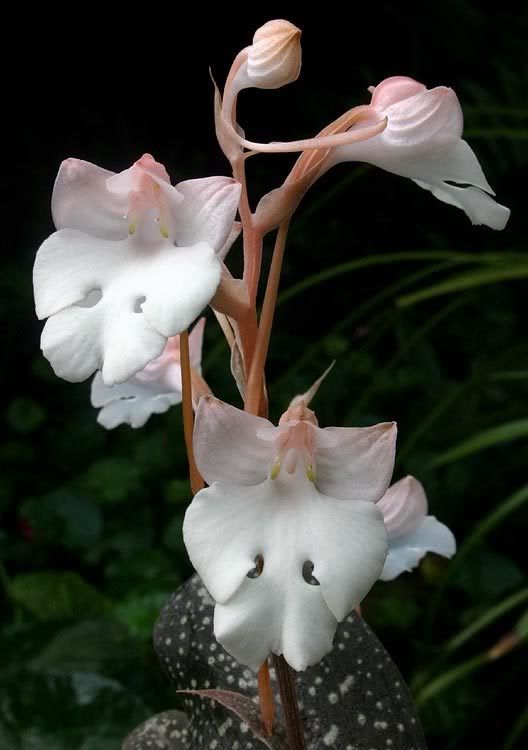
Habenaria carnea
Despite not being a white variety, Habenaria carnea has a fascinating shape with pinkish-brown flowers. They are a terrestrial orchid native to China and are adapted to a humid, forested environment.
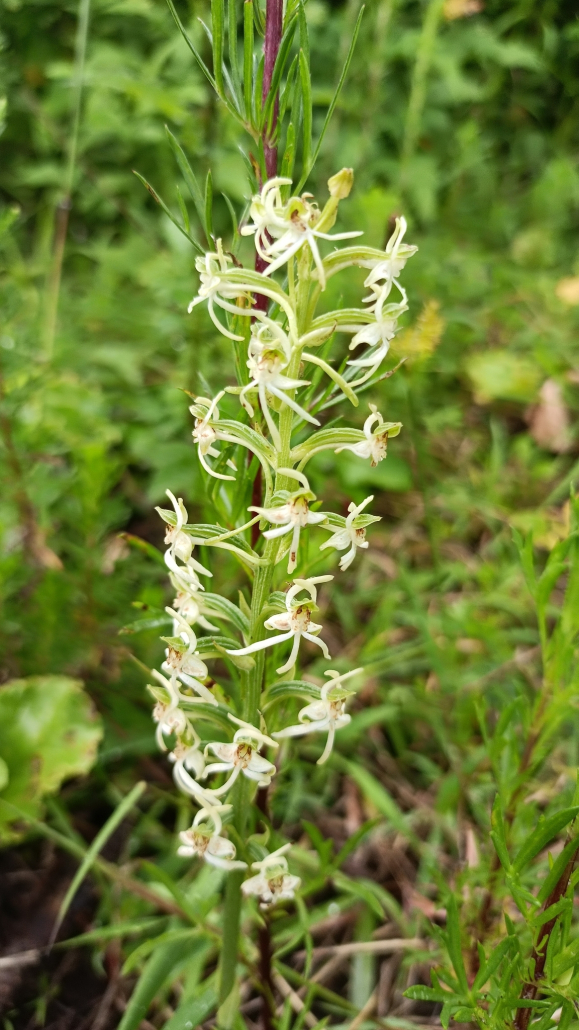
Habenaria delavayi
Habenaria delavayi is a representative of the genus characterized by large, white flowers that create a striking display. This species is native to various parts of Asia, including China, Bhutan, India, Myanmar, Nepal, and Thailand.
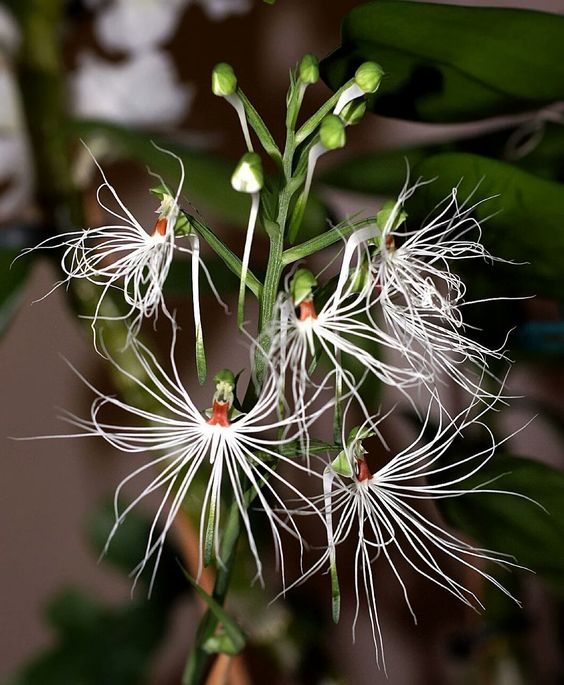
Habenaria Medusa
This captivating species is notable for its unique flowers that resemble mythical Medusa with her snake-hair. The white petals grow long and twist, creating a breathtaking and unique sight that stands out even among orchids.
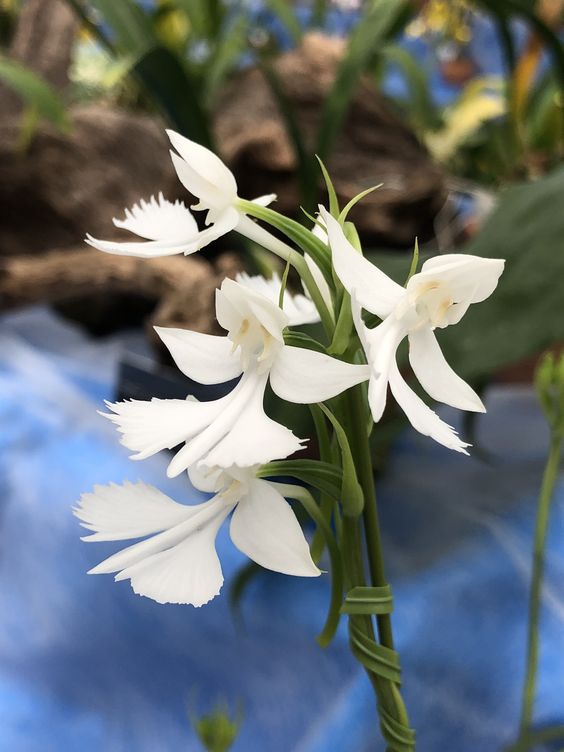
Habenaria dentata
Habenaria dentata is a small sized, warm-growing terrestrial with leafy stems carrying several, oblong leaves. It bears small white flowers that clump at the end of long stems. These flowers have a greenish-white hue and a pleasant scent.

